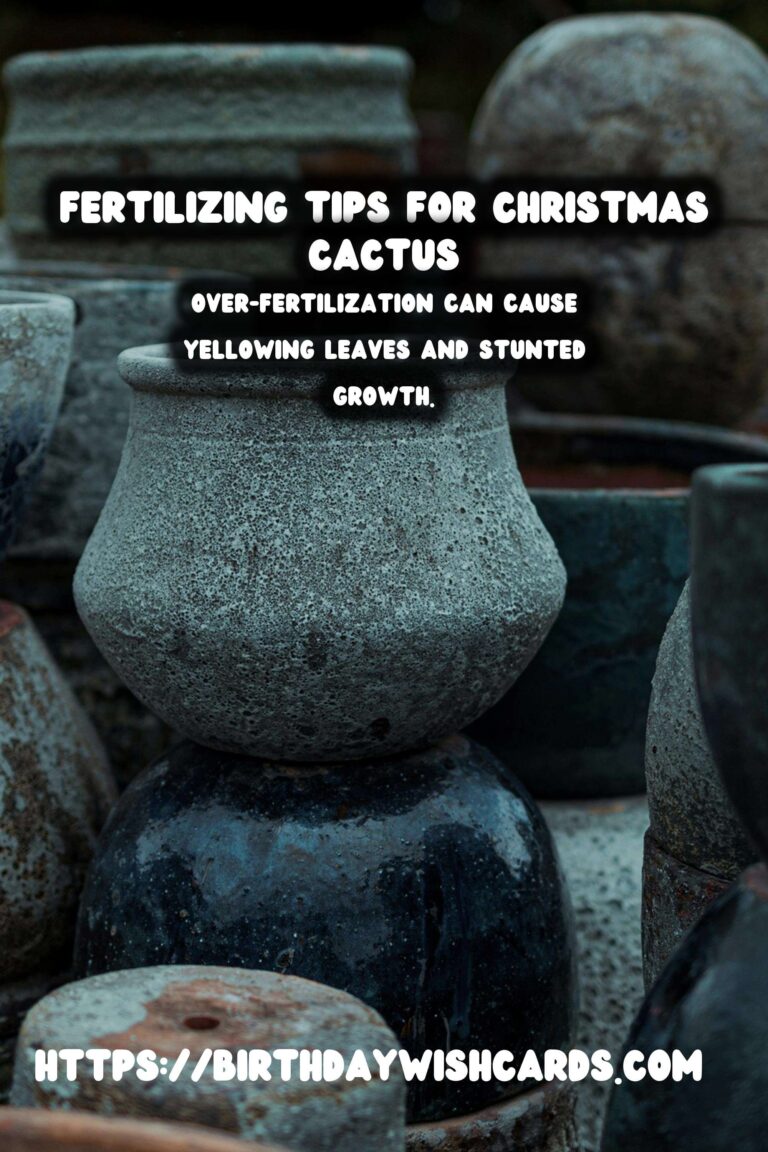
The Christmas cactus, known for its beautiful blooms during the holiday season, is a popular houseplant that requires specific care to thrive. One of the crucial aspects of caring for a Christmas cactus is understanding its fertilization needs. Proper fertilization ensures that your plant remains healthy and produces abundant flowers.
Understanding the Christmas Cactus
The Christmas cactus (Schlumbergera bridgesii) is a tropical plant native to the rainforests of Brazil. Unlike desert cacti, it thrives in a humid environment with indirect sunlight. Its unique beauty and festive blooms make it a favorite during the holiday season.
When to Fertilize Your Christmas Cactus
Timing is key when it comes to fertilizing your Christmas cactus. The ideal time to start fertilizing is in the spring, after the plant has finished blooming. This is when the plant enters its growth phase and can benefit most from the nutrients provided by fertilizers.
Continue fertilizing once a month until mid-autumn. During the fall and winter months, the plant requires a rest period, and fertilization should be stopped to allow for the natural cycle of flowering.
Choosing the Right Fertilizer
Selecting the appropriate fertilizer is essential for the health of your Christmas cactus. A balanced, water-soluble fertilizer with an equal ratio of nitrogen, phosphorus, and potassium (such as a 20-20-20 mix) is ideal. This balanced formula supports overall plant health, encouraging strong growth and prolific blooming.
For an organic option, consider using a compost tea or a diluted fish emulsion. These natural fertilizers provide essential nutrients while being gentle on the plant’s roots.
How to Apply Fertilizer
To fertilize your Christmas cactus, begin by mixing the fertilizer according to the package instructions. Apply it to the soil around the plant, ensuring that it reaches the roots. Avoid getting fertilizer on the leaves, as this can cause damage.
Water the plant thoroughly before and after fertilization to help distribute the nutrients evenly and prevent root burn. Remember, moderation is key; over-fertilizing can harm your plant.
Signs of Over-Fertilization
While regular fertilization is beneficial, too much can lead to problems. Signs of over-fertilization include yellowing leaves, stunted growth, and salt buildup on the soil surface. If you notice these symptoms, reduce the frequency of fertilization and flush the soil with water to remove excess salts.
Additional Care Tips
In addition to fertilization, provide your Christmas cactus with adequate humidity and indirect light. Ensure the soil is well-draining to prevent root rot. Regularly check for pests like spider mites and mealybugs, which can affect plant health.
With the right care and fertilization schedule, your Christmas cactus will reward you with beautiful, vibrant blooms year after year.
The Christmas cactus is a tropical plant that requires specific care to thrive. Fertilizing should begin in the spring after blooming and continue monthly until mid-autumn. A balanced, water-soluble fertilizer with an equal ratio of nitrogen, phosphorus, and potassium is ideal. Over-fertilization can cause yellowing leaves and stunted growth. Proper care and fertilization will result in beautiful blooms each holiday season. 
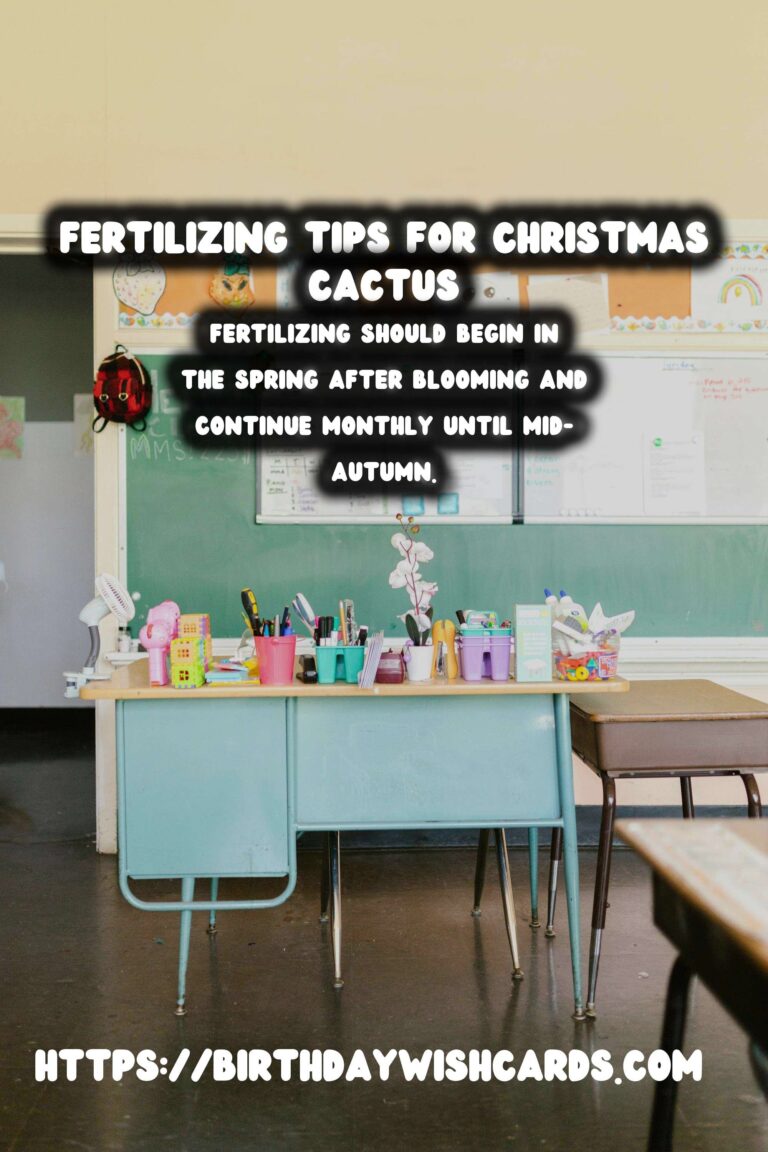
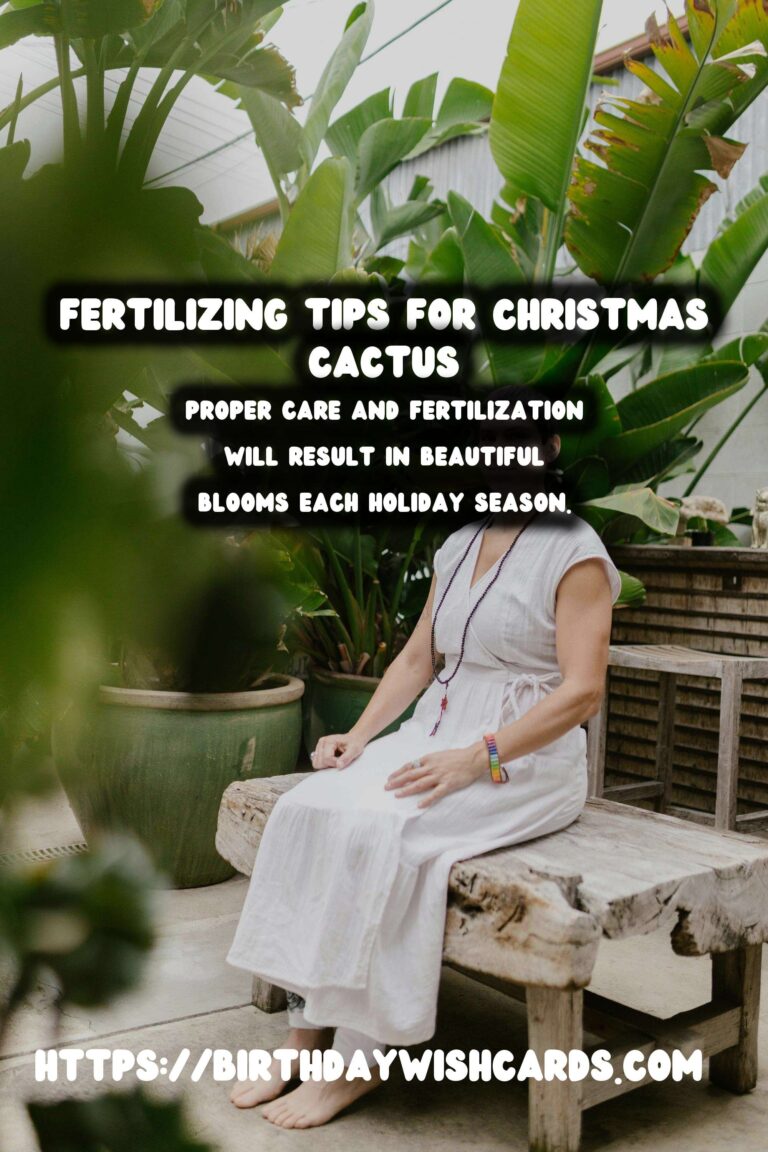
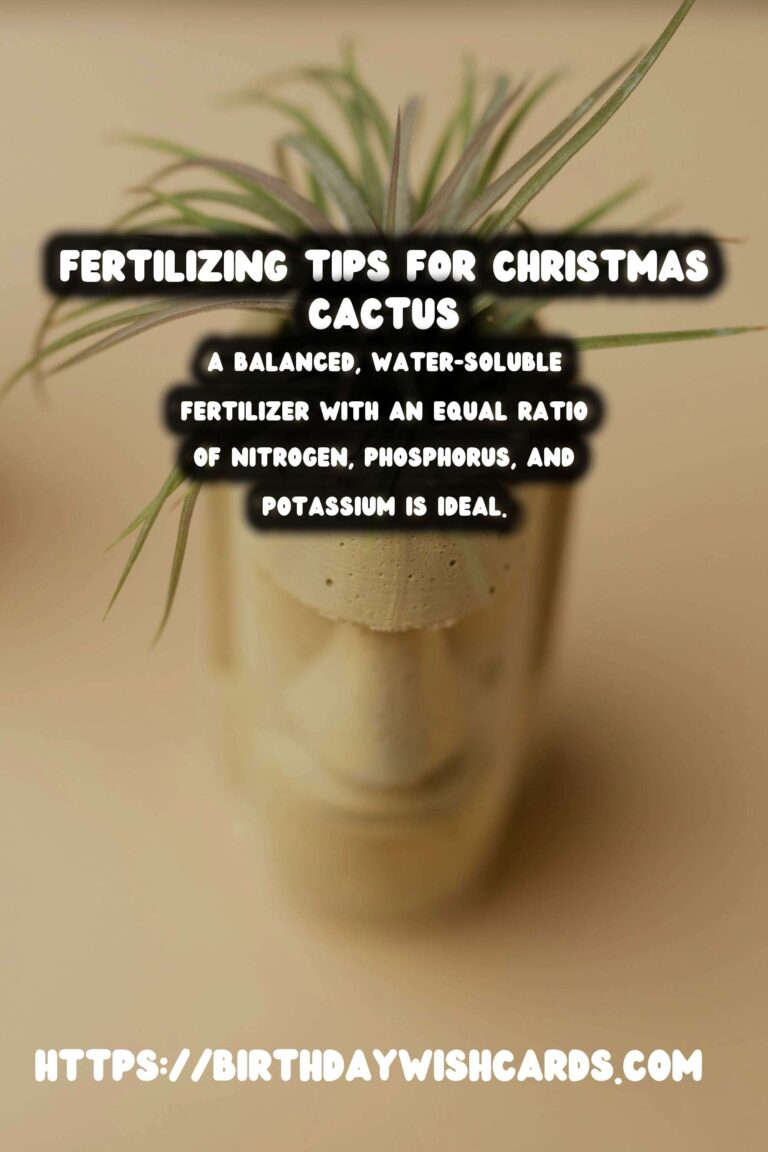
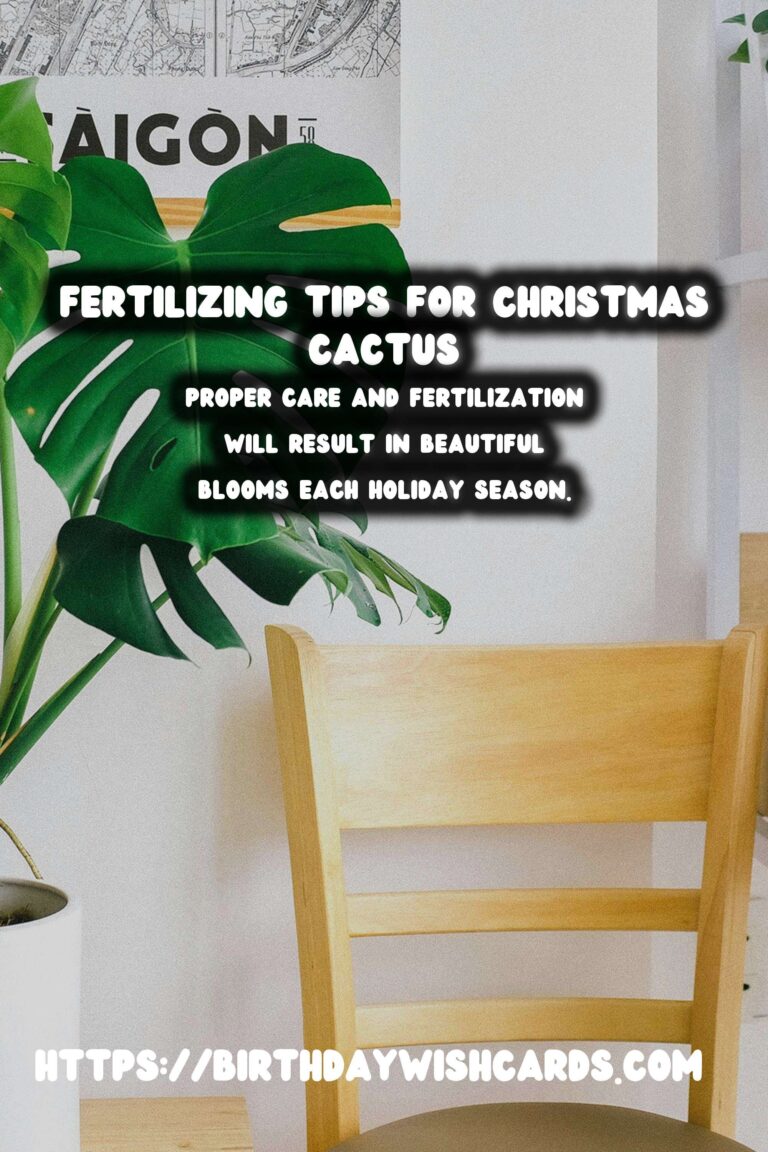
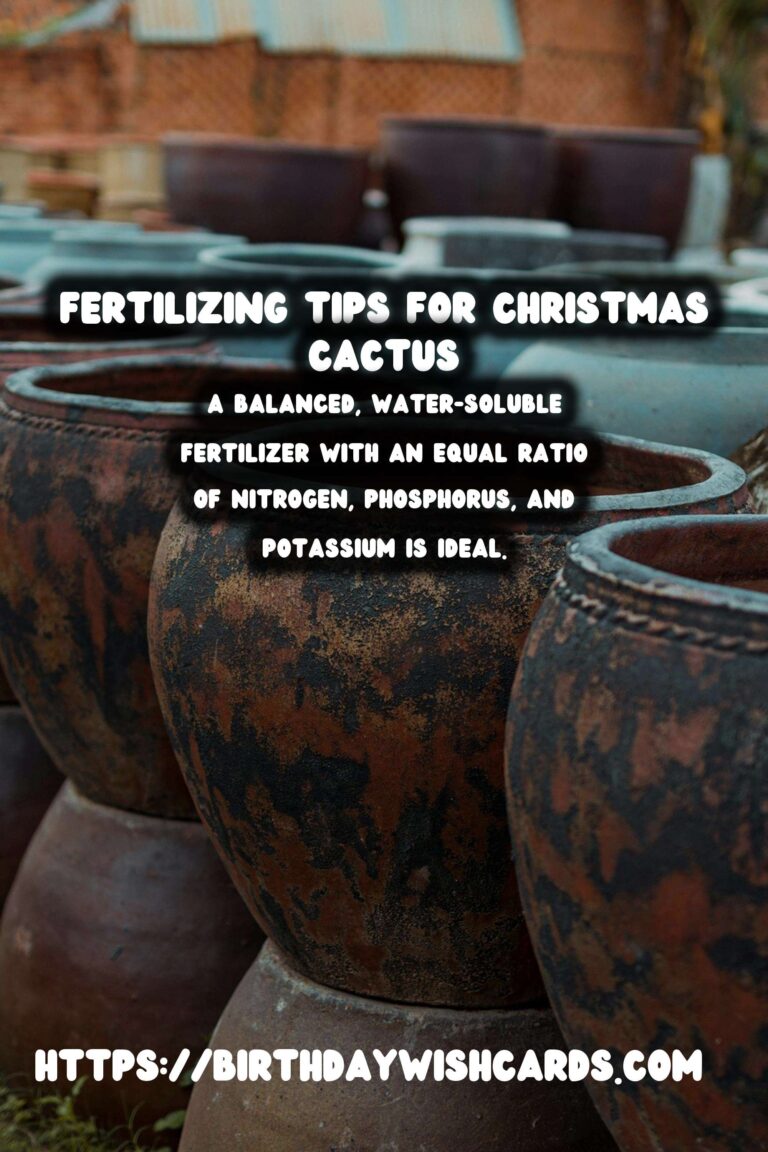
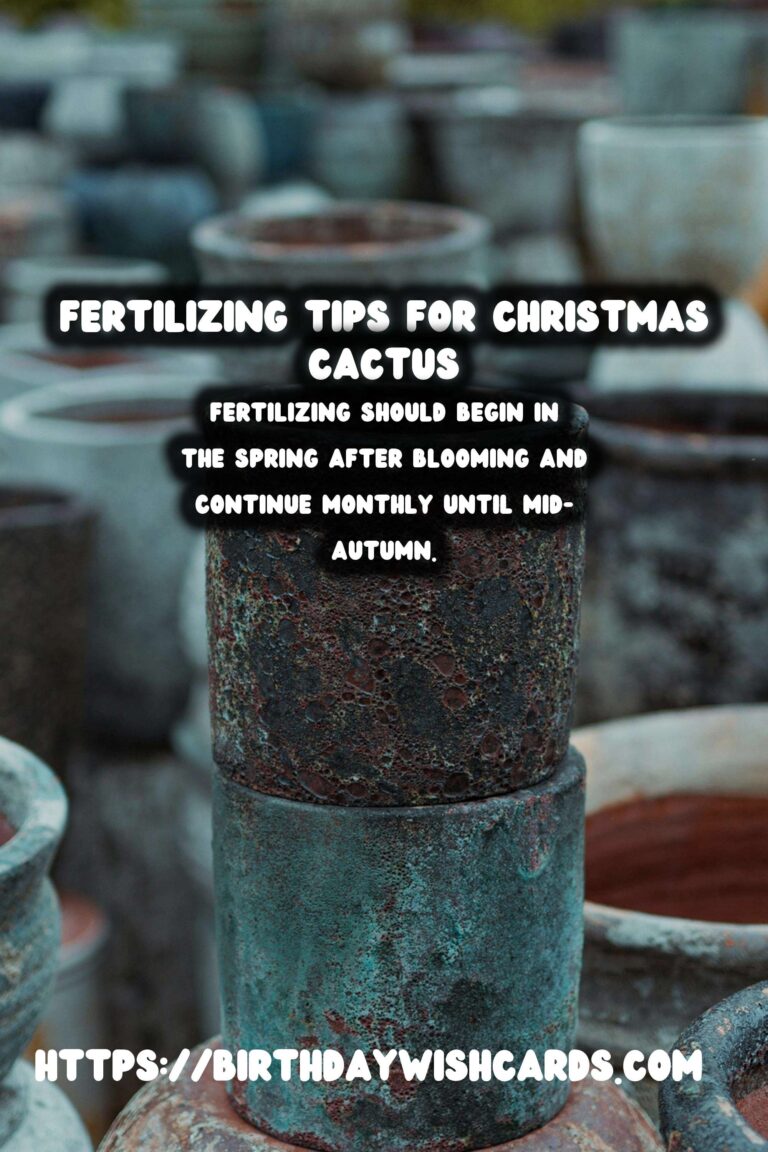
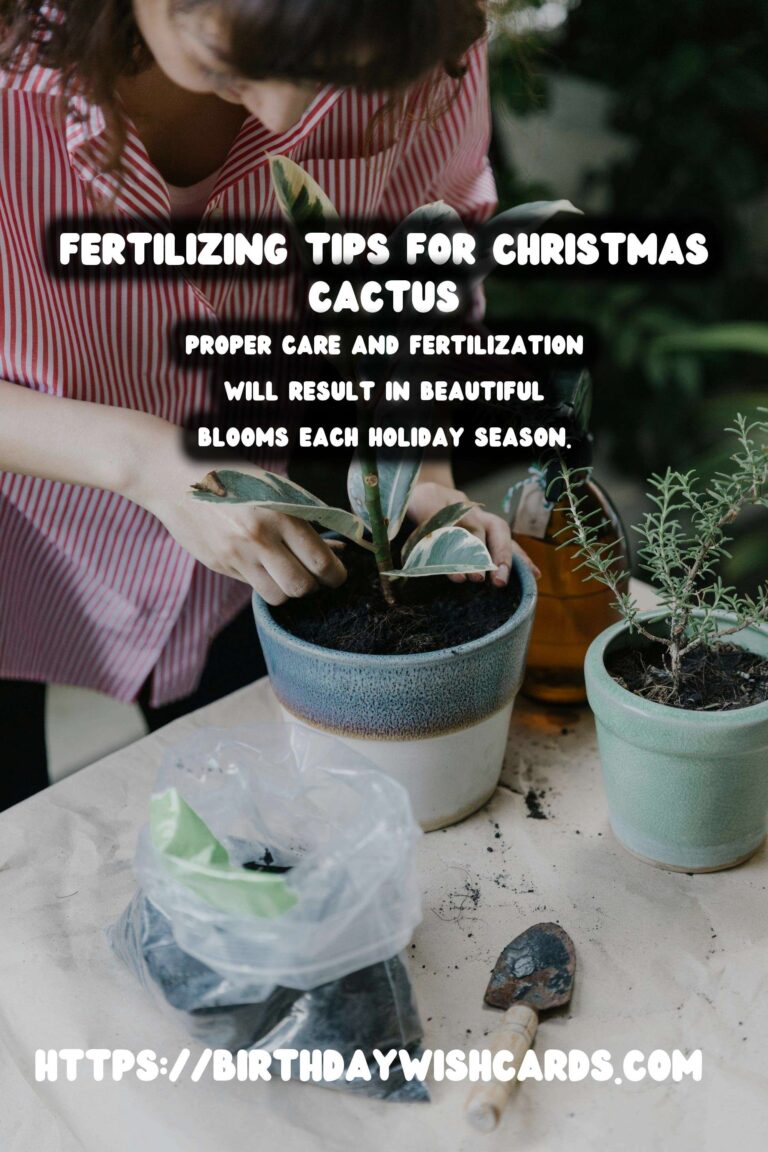
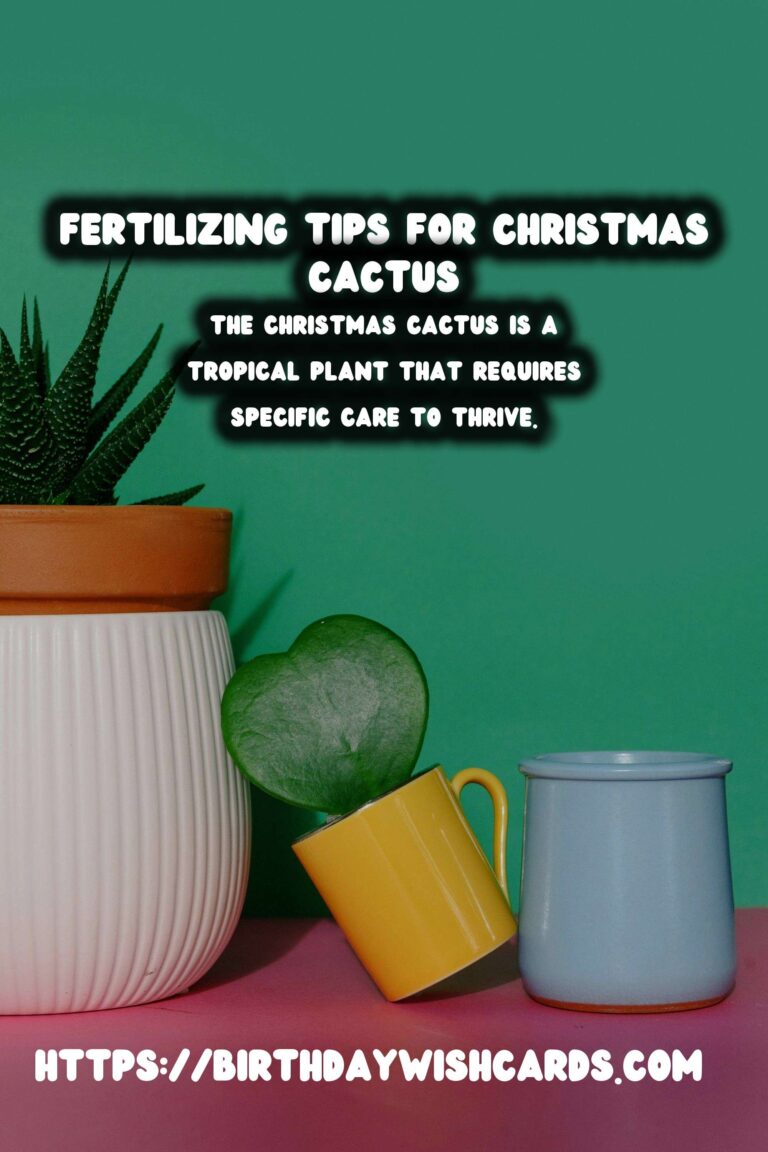
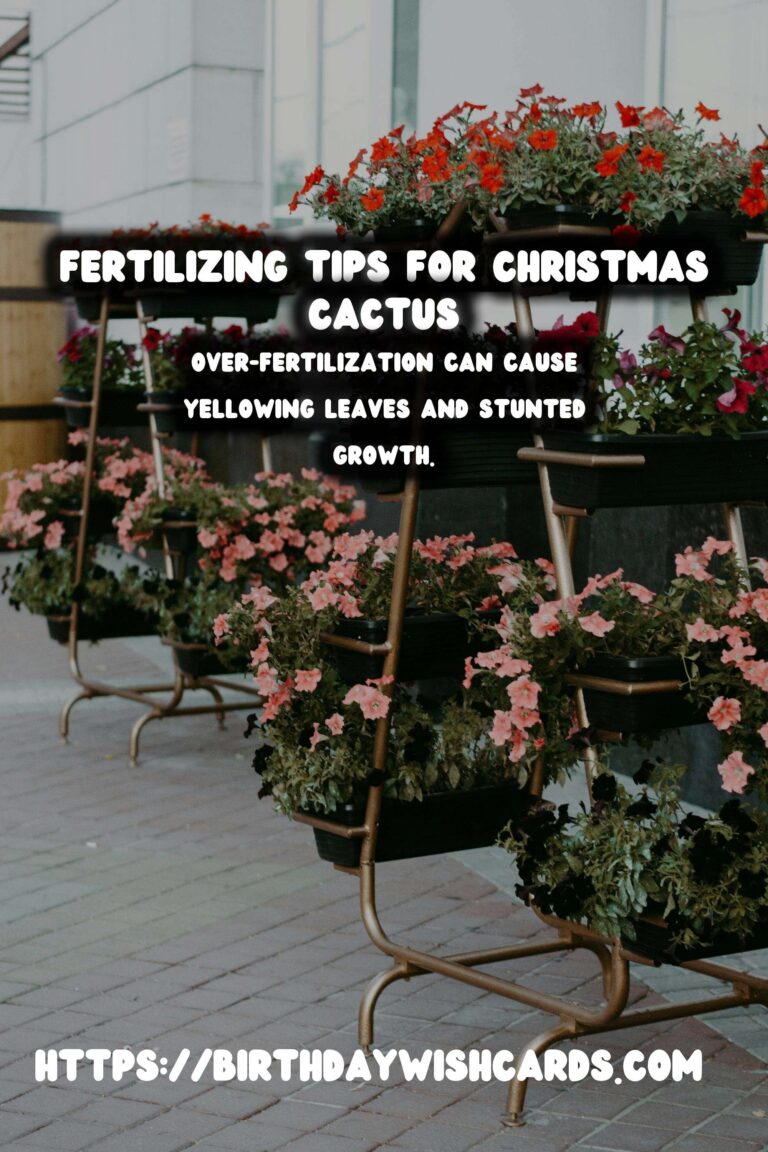
#ChristmasCactus #PlantCare #GardeningTips #Fertilizing




